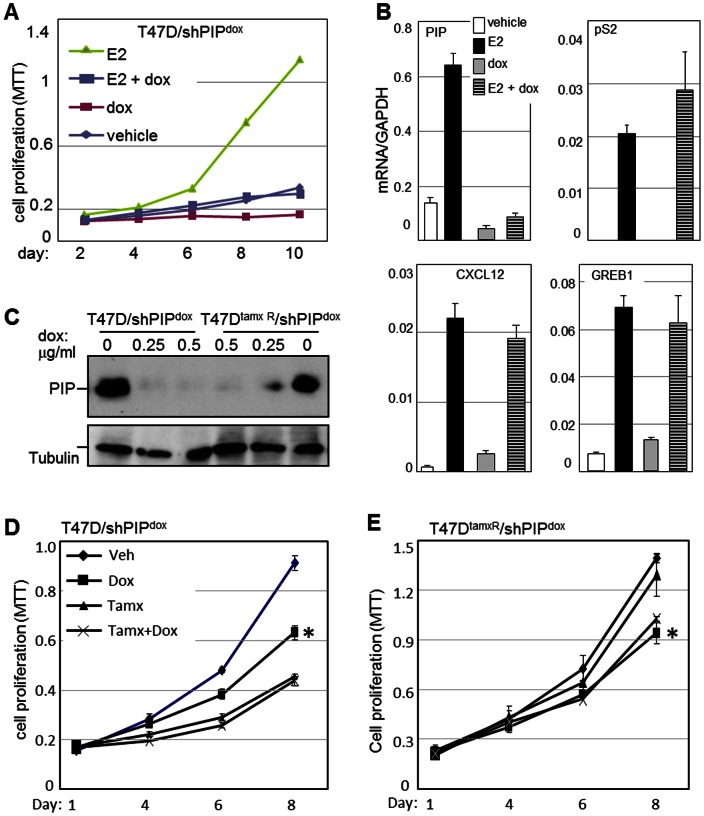Figure 5. PIP is required for the proliferation of hormone-sensitive and –resistant breast cancer cells.
A, The effect of PIP knockdown on E2-stimulated BCa cell proliferation was assessed in T47D/shPIPdox cell cultures maintained in CSS-supplemented medium. Cells were treated with either E2 or vehicle in the presence or absence of dox, and MTT assays were performed every 48 hours for 10 days. B, RT-qPCR analysis of PIP and the estrogen-responsive genes pS2, CXCL12 and GREB1 in T47D/shPIPdox cell cultures treated with E2 in the presence or absence of dox to silence PIP expression. Values are normalized per GAPDH expression, which itself did not significantly change by treatment with dox or E2. C, Immunoblot analysis showing the dox-induced PIP knockdown in the parental T47D and the tamoxifen-resistant T47DtamxR cells, each engineered with a dox-inducible lentiviral vector encoding a small hairpin RNA that targets PIP (shPIPdox). D–E, MTT-based proliferation assays conducted after 4, 6, and 8 days of treatment with tamoxifen and/or dox, showing that PIP silencing inhibited proliferation of both the tamoxifen-sensitive T47D and the tamoxifen-resistant T47DtamxR cells. (Mean±SD; n = 3). *significantly different from vehicle-treated cells at the day-6 and day-8 experimental time points (p<0.0004).

